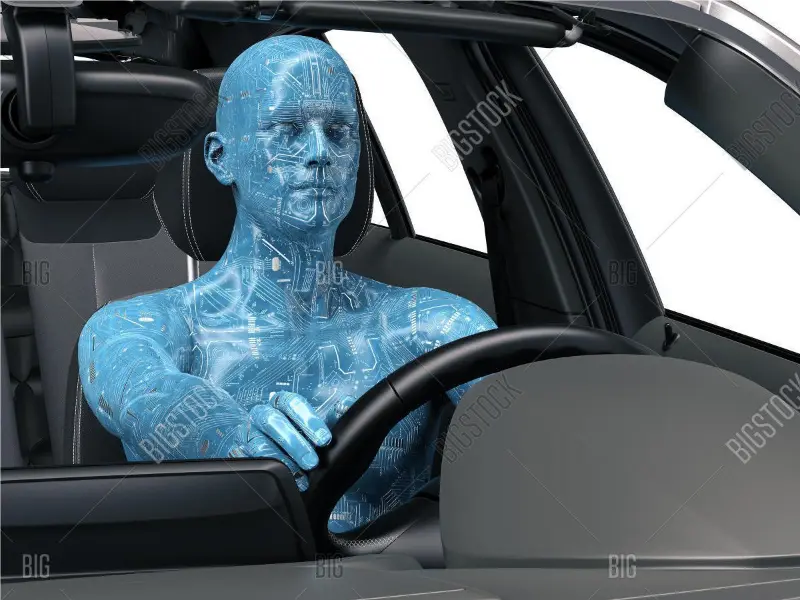- Alphabet’s self-driving car unit, Waymo, first began offering its self-driving ride-sharing service on the streets of San Francisco earlier this year.
- Waymo claims that driverless cars, which use computers to perform acceleration, braking, parking and lane changes, are actually safer than driving with a human behind the wheel.
OUR TAKE
Taking Waymo as an example, it can be seen that the development and application of driverless technology is constantly driving changes in related industries, improving efficiency and safety, while also bringing new possibilities for future travel methods. Although there are still different opinions about the large-scale use of driverless technology, it is foreseeable that driverless cars will gradually become mainstream in the next few decades.
— Iydia Ding, BTW reporter
What happened
Alphabet’s self-driving car unit, Waymo, first began offering its self-driving ride-sharing service on the streets of San Francisco earlier this year. Now, the company is expanding, recently opening an office in Los Angeles.
Waymo’s electric Jaguar I-Pace SUV operates like a taxi, except there’s no human in the driver’s seat. It uses cameras, sensors and even microphones to transport customers to their destinations, just like a human driver. Waymo claims that accelerating, braking, stopping and changing lanes via a computer is actually safer than having a human behind the wheel.
But there are objections. This summer, police in Phoenix, where the company also operates, stopped a Waymo car for driving into oncoming traffic while trying to navigate around a construction area. Rahul Jain, a professor at the University of Southern California who specializes in electrical and computer engineering and works with Google, said driverless technology is the future, no matter what.
Also read: Aurora Innovation raises $420M for driverless truck launch
Also read: Cruise and Uber announce cooperation to deploy robotaxis
Why it’s important
Driverless technology has made significant progress in recent years and is beginning to find practical application in several fields. Taking Waymo as an example, it can be seen that the development and application of driverless technology is constantly driving changes in related industries, improving efficiency and safety, while also bringing new possibilities for future travel methods. By considering and addressing these challenges together, driverless technology is expected to play a greater role in the future of public transportation.
Waymo hopes to make driving smarter through the use of AI, and the safety improvement of this technology is an ongoing process that requires constant technology development and innovation. The application of driverless technology in the field of public transport is a complex process that requires multi-faceted efforts and coordination, including technological innovation, regulation formulation, public education and infrastructure construction. Although there are still different views on the large-scale application of driverless technology, it is foreseeable that driverless cars will gradually become mainstream in the coming decades.

